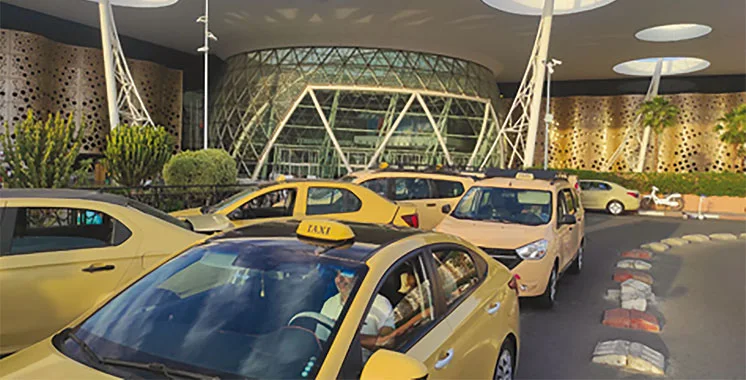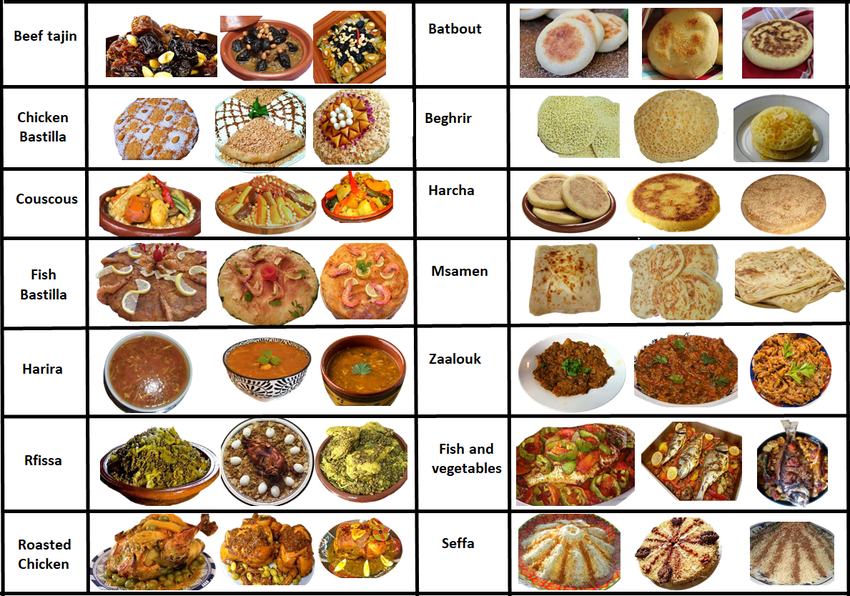Table of Contents
- Introduction: Why Morocco?
- The Dream Begins: Planning the Journey
- Visas and Entry: Do I Need One?
- Currency and Exchange: The First Financial Surprise
- Arrival in Morocco: First Moments of Awe
- Getting Around: How to Travel and Where You Might Get Lost
- Cities That Stay in the Memory
- Moroccan Food Rituals: From First Tagine to Final Mint Tea
- The Moroccan People: Hospitality, Curiosity, and Warm Smiles
- Markets and Bargaining: A Stylish Battlefield
- What No One Tells You
- Safety, Internet, and Everyday Life
- First-Time Travel Tips: Avoiding Cultural Shocks
- Conclusion: What Remains After Departure?
1. Introduction: Why Morocco?
One cold winter evening in my tiny Berlin apartment, I found myself scrolling through Instagram. A photo of a blue-painted town surrounded by mountains stopped me. It was Chefchaouen, and I was enchanted. That’s where the story began.
2. The Dream Begins: Planning the Journey
I didn’t know much about Morocco beyond the typical clichés—camels, deserts, and crowded markets. But as I started researching, I discovered a land of stunning contrast. I decided to start in Casablanca and let the rest unfold naturally, guided by instinct and curiosity.
3. Visas and Entry: Do I Need One?
With a French passport, I was lucky: no visa needed. The only requirement was a passport valid for at least six months. No one asked me about health insurance or proof of funds. Just a quick passport stamp and a faint smile from the officer at Casablanca’s Mohammed V Airport. I was in.
4. Currency and Exchange: The First Financial Surprise
I walked out of the airport searching for a currency exchange. Prices confused me. A bottle of water cost 5 dirhams. Was that cheap or expensive? I later learned Morocco is still largely a cash economy, especially outside big cities and luxury spots. I also discovered that airport exchange rates are higher—never convert everything at once.
5. Arrival in Morocco: First Moments of Awe
From the moment I landed, I was surrounded by a mix of Arabic, French, and other dialects I couldn’t place. My first taxi ride to the hotel was my introduction to the unofficial system: no meter, just negotiation. The driver asked for 300 dirhams. I offered 150. He smiled and said, “Welcome to Morocco,” and we agreed on 200.
Driving through the city, I saw modern towers next to street vendors, luxury cars next to donkey carts. Morocco was not one thing—it was many.
6. Getting Around: How to Travel and Where You Might Get Lost
Trains were reliable between major cities—especially the modern Al Boraq line from Casablanca to Tangier. But taking a small taxi in Fez was like traveling back in time: the car was old, local music blared, and the driver spoke only Darija (Moroccan Arabic).
The best moment? A bus ride from Marrakech to Ouarzazate via the Atlas Mountains. I stared out the window as the sun set behind winding roads and dramatic cliffs.
7. Cities That Stay in the Memory
Marrakech was a storm of color and sound—especially Jemaa el-Fnaa square, where snake charmers, musicians, and food stalls created nonstop energy. Fez, in contrast, was timeless: narrow alleys, ancient medersas, and traditional tanneries transported me centuries back.
Chefchaouen offered serenity, with blue walls and quiet corners perfect for reflection and photography.
8. Moroccan Food Rituals: From First Tagine to Final Mint Tea
The first chicken tagine I tried was unforgettable—lemons, olives, and tender meat in a steaming clay dish. Couscous on Friday was not just a meal but a ritual. Mint tea? It wasn’t a drink, it was hospitality in a glass. Meals were communal, warm, and deeply cultural.
9. The Moroccan People: Hospitality, Curiosity, and Warm Smiles
Every Moroccan I met asked, “Where are you from?” When I said France, stories about cousins in Paris flowed. Many wanted to help—for free or with entrepreneurial flair. What didn’t change was the genuine smile and willingness to connect.
10. Markets and Bargaining: A Stylish Battlefield
The souks are overwhelming. In Marrakech’s Medina, everything is for sale: rugs, spices, lamps, clothes. At first, I felt awkward bargaining. But it’s expected—even respected. I soon started enjoying the game, learning that the first price is never the final one.
11. What No One Tells You
I wish someone had told me not to take photos randomly. One angry vendor in Fez scolded me for photographing his cart. At a police checkpoint, I was politely asked to delete a picture I’d snapped. Also, unofficial “guides” may follow you—some are friendly, others pushy.
12. Safety, Internet, and Everyday Life
Morocco felt generally safe, especially during the day. I avoided alleys at night unless I was with locals. I bought a SIM card from Inwi for 20 dirhams—easy and reliable. Each city had its own rhythm: Tangier came alive at 10 a.m., while Fez woke up much earlier.
13. First-Time Travel Tips: Avoiding Cultural Shocks
Morocco doesn’t follow European norms. Things happen… eventually. Patience is essential. Always carry tissues. Avoid tap water. Don’t be alarmed by curious stares or personal questions. People are just curious.
And learn a few words of Arabic or Darija. “Shukran” (thank you) and “Salam” (hello) opened more doors than I expected.
14. Conclusion: What Remains After Departure?
I returned home not just with photos, but with stories, flavors, and scents imprinted in my soul. Morocco doesn’t leave you. It stays in your memory, your language, your heart.
It’s not a perfect country—but that’s its charm. If you’re looking for something real, rich, and unforgettable, Morocco should be your next journey.





